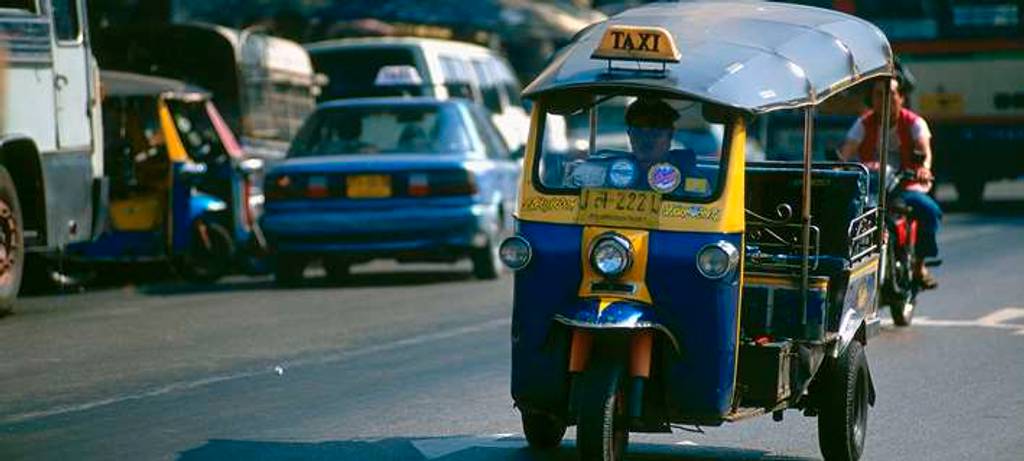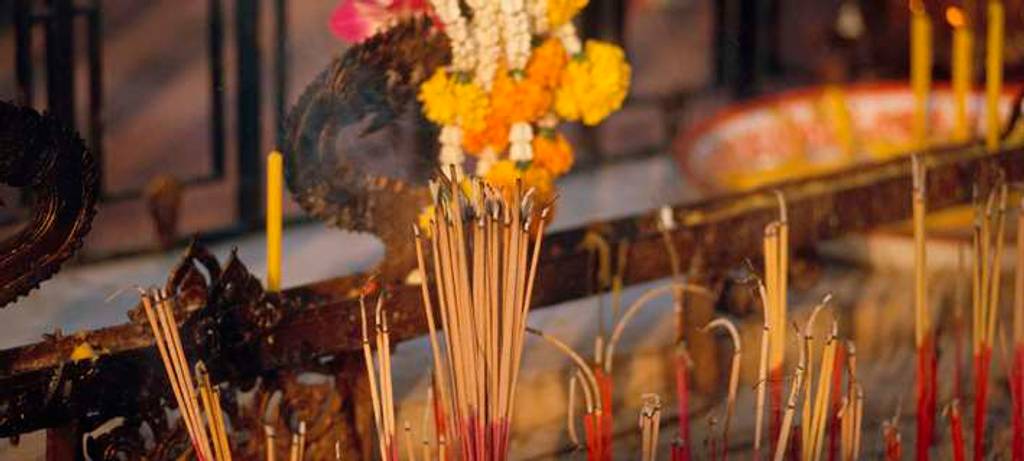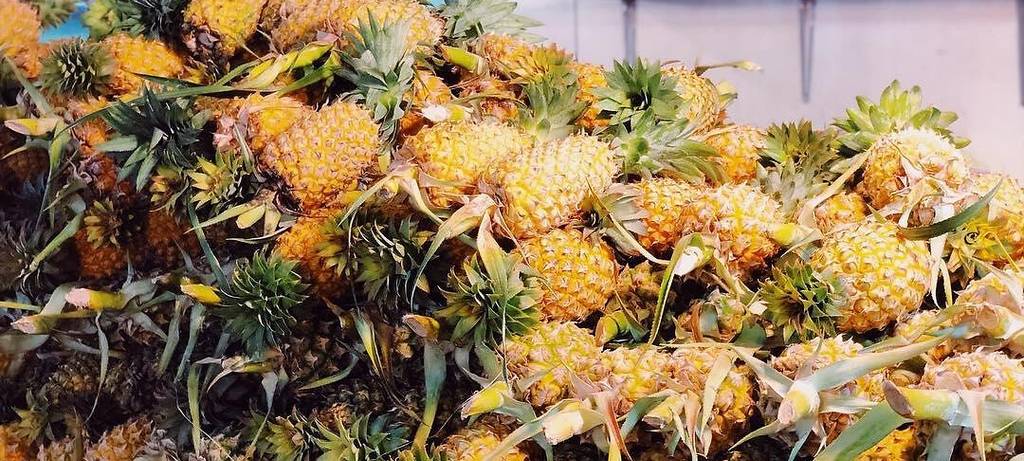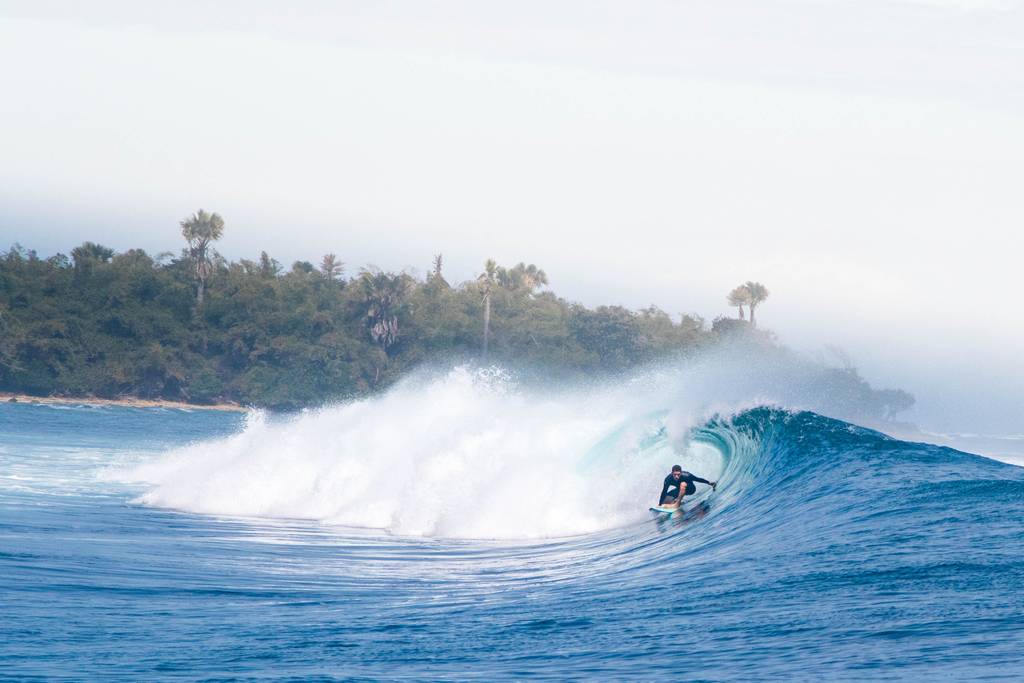By road:
The roads to the Big Buddha are well maintained, with many tourists choosing to drive there.
If you decide to drive, whether that is by car or by scooter; it is essential to have an idea of the distance from where you are staying on the island to where the Big Buddha is located:
Patong to Big Buddha Phuket: 23km
Phuket Town to Big Buddha Phuket: 17km
Nai Harn to Big Buddha Phuket: 15km
Rawai to Big Buddha Phuket: 10km
Kata to Big Buddha Phuket: 13km
Your hotel concierge would also be able to assist you when organizing transfers, so do not hesitate to ask for assistance.
Tip: the cheapest way to get to the Big Buddha is by renting a scooter - at around 200THB per day.
By walking:
There are also two potential trails leading up to the Big Buddha.
The first option is to walk up the main road leading to the Big Buddha Phuket, beginning at Chaofah Road, Chalong. You will quickly notice that many, particularly those training for Muay Thai around the area, opt to run this route for training and to challenge themselves. This route is longer than the hillside route, but you will be rewarded with exceptional views and also an opportunity to check out some scenic restaurants along the 5.7km road.
Alternatively, you could opt to take the relatively easy hillside route, beginning opposite Baan Karon Resort, on Patak Road, Karon Beach. The climb is approximately 2.5km, according to Google Maps, as you follow along a peaceful dirt-road which allows for incredible views over-looking the beaches of the South of Phuket. Regardless, be sure to wear sensible foot-wear.









